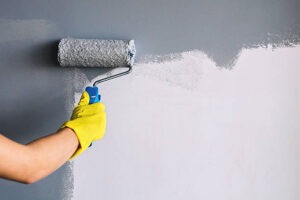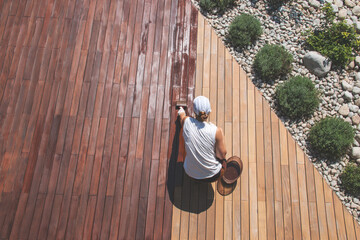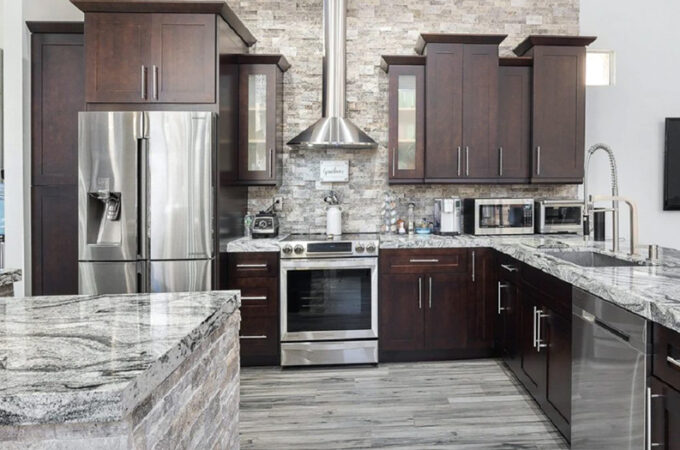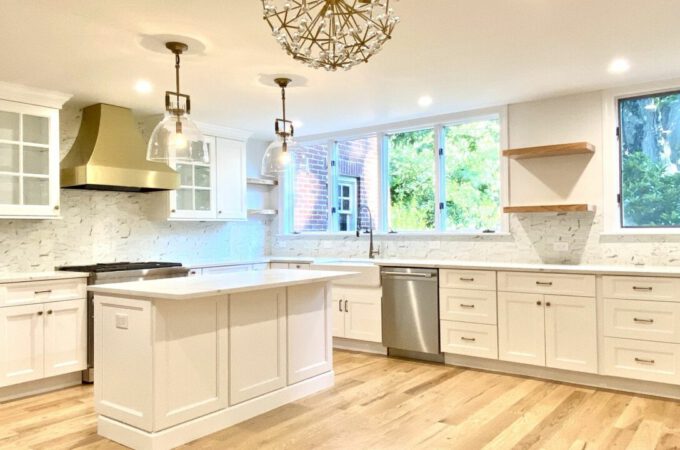Interior Painting – The Easy Way to Change the Look of Your Home
You may think that Interior Painting is an expensive venture, but you may be surprised to learn that this is one of the easiest and cheapest ways to change the look of your home. While the process itself isn’t especially difficult, it will require a certain amount of patience and supplies. You’ll also need drop cloths and plenty of time. Despite the fact that interior painting isn’t a particularly intuitive process, there are very few risks involved.

First, prepare the area for painting by removing all furniture. After you’ve done this, check the walls for imperfections. If there are any, use the spackling compound. Allow the spackling to dry before moving back into place. You’ll also need fine 220-grit sandpaper or a sanding sponge. Make sure you wear old clothes and a hat to protect yourself from paint fumes.
The price of interior painting is dependent on several factors. First, the interior painter should prime the walls. Before painting, he or she should inspect the walls, trim, and ceiling for damage. The more preparation that the interior painter does beforehand, the less the final cost. For example, a 10′ x 12′ room with a low ceiling and no windows and doors will cost about $2,200. Secondly, make sure that you’ve read the contract carefully. Ensure that it is clear and explains all aspects of the painting.
You’ll need to pay special attention to detail and neatness when painting the interior of your home. The price of your interior painting project depends on the type of paint used, whether it’s oil paint or a more expensive shade. And there’s also a wide range of options for cost, depending on the type of paint, prep work, and amount of detail required. It’s important to remember that a quality interior paint job can cost anywhere between $1,500 and $2,500, depending on your location.
If you’re painting a wall with texture, make sure you prepare the surface thoroughly by scraping away any old paint. After you’ve done this, you need to apply the paint evenly. You can do this by using very fine-grit sandpaper folded into quarters. To avoid end marks, lift the roller off the wall every couple of hours and wipe it with a damp towel. If you’re painting an accent wall, you’ll want to separate it from the rest of the room. Use the same techniques for priming walls.
There are two types of paint: water-based and oil-based. The former is usually more expensive and is made from higher-quality resins and pigments. Water-based paints are more affordable and easier to use. Consider your lifestyle and how you will use the paint before you make the decision. There are many options for both. Just make sure you choose the one that will be easiest for you. Then, you can start your new interior painting project.
Depending on the color of your interior walls, you might need to prime them. You might also need multiple coats of paint if you’re using a dark color. You should measure the area of each wall in square feet before you choose a color. When choosing a paint color, keep in mind that you’ll need to consider how many square feet the room is and how much it will cost. You can use an online estimator to determine how much paint you’ll need for the project.
How much does Interior Painting cost? Prices for interior painting vary widely. A gallon of paint will cost anywhere from $30 to $70, depending on the brand and the size of the room. It will also depend on the number of coats the painter applies. A standard-sized room will require about two gallons of paint, while a small bathroom will only require one. Using higher-end brand paints can add to the cost of the project.
The cost of interior painting is calculated per square foot. The cost includes cleaning and preparing surfaces, applying two coats of paint, and applying sealer. Professional interior painters will give you a quote based on the square footage of the room. It’s important to consider how many rooms are painted in each room to calculate the total cost. Generally, the more expensive areas in the house require more paint. This will result in higher costs for both the painter and the homeowner.
The main components of paint are pigments and additives. Pigments and additives give the paint its color, while the resins bind it to the surface. Most interior paints are water-based, but they’re not limited to that. Both types of paint contain solvents and resins, and they have a variety of effects. These can make the paint last longer and more durable. However, this doesn’t apply to the exterior paint.





